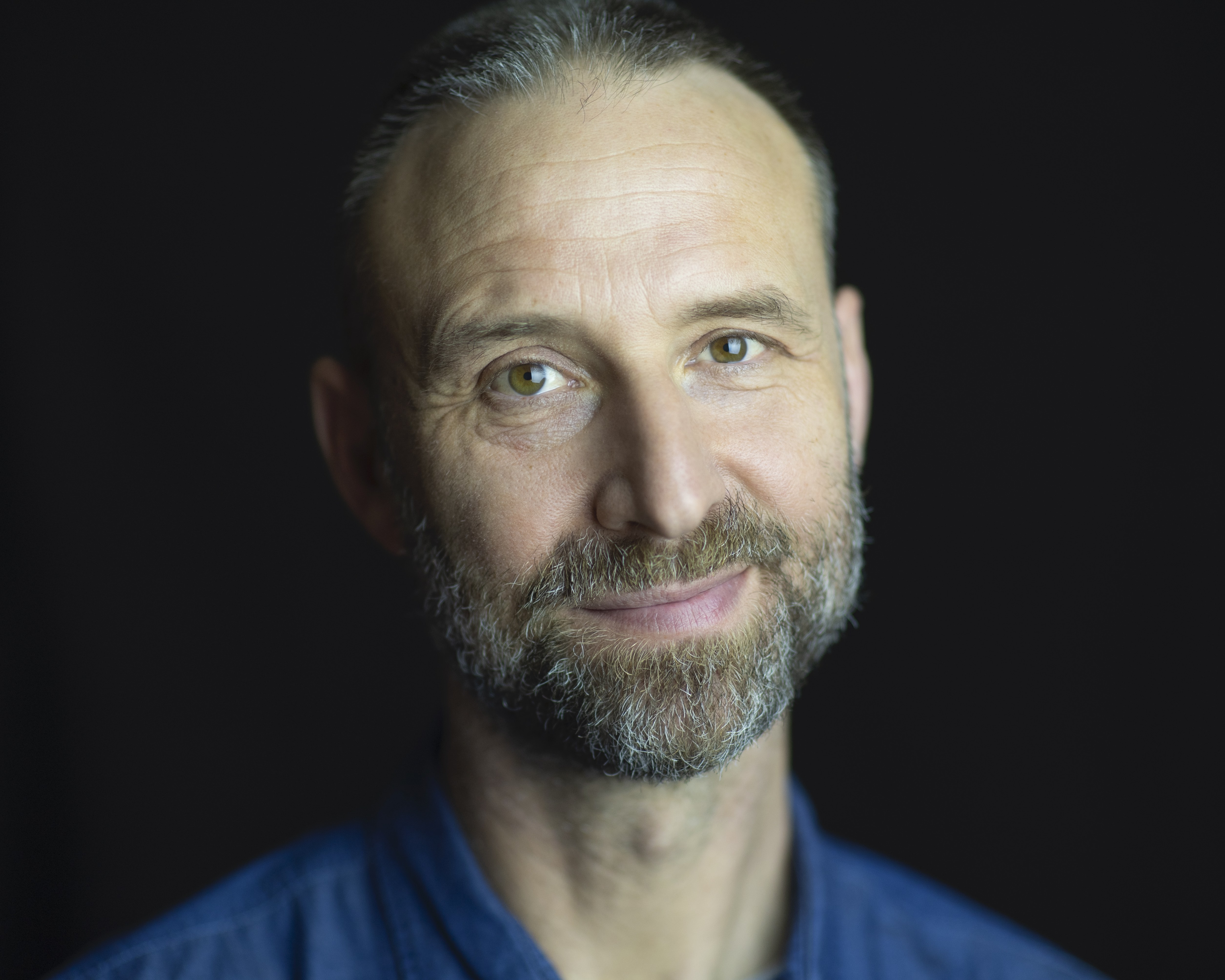
If you want to understand how we are meant to feel emotions, look at a small child. When kids feel their emotions they really feel them! If they are angry, they will shout and scream and have a tantrum. If they are sad, they will cry. If they’re scared, they will run away, or hide behind their mum’s legs until the threat has passed. Now, I’m not saying that as adults we should indulge ourselves in tantrums, but neither should we repress or swallow our feelings.
Sadly, as we grow older we tend to stiffen up. We learn that (for men) it’s not OK to cry when we are sad, or to tell our friends if we’re going through a rough time. Or (for women) that being angry or assertive is unacceptable. We start to feel bad for feeling bad. We learn to hide our feelings, sometimes even from ourselves. Or we use a substance (alcohol/weed/cocaine/food/cigarettes) or an activity (gambling/hours spent on Facebook/gaming/shopping/sex) to numb or avoid uncomfortable feelings like anxiety, sadness, loneliness, anger or hurt. And the message we are giving ourselves is that emotions are somehow bad, wrong or even threatening.
Let’s go back to the kids. Watch a child getting angry: they feel the anger, intensely. Then they release it, verbally and physically. Then they seek a trusted person to soothe and comfort them. And then… the anger is gone. They see a butterfly and chase after it, utterly delighted and distracted, with no trace of the anger left in their body or mind. This is how we are supposed to feel, process and seek solace when we experience strong emotion. I have started summing it up for my schema therapy clients with a simple formula:
1. Feel it. If you’re sad, be sad. If you are angry, let yourself be angry. It’s just an emotion and can’t do you any harm – in fact, the only harm we can do is if we try to avoid the emotion (leading to problems like addiction or anxiety disorders such as OCD).
2. Release it. If you are sad, and alone, have a cry. If you’re angry, write a (never-to-be-sent) letter to the person you’re angry with, then burn or tear it into tiny pieces. Vent the emotion and let it go.
3. Get soothed (by yourself or a trusted person). Just as children need soothing when they are upset, so do adults – we’re just not very good at doing it for ourselves or seeking it from those we love and trust.
Learning to detach
One of the unconscious ways we learn to suppress or avoid our feelings is by detaching, which involves a psychological process called ‘dissociation’. This is something we all do, to a greater or lesser extent, but will have learned to do a great deal if we suffered trauma, abuse or neglect as a child. Dissociation is an unconscious process in which the brain shuts down to protect us from overwhelming stress. It’s a bit like a fuse blowing on a circuit board when there is a power surge, to stop electrical devices getting fried.
If we dissociate a lot as a child, it becomes an automatic process that we over-use, shutting down when we feel any kind of difficult emotion. This leads to us developing a ‘mode’, which in schema therapy we call the Detached Protector – one of the most common modes in my clients. We may feel numb, empty or spacey when this mode is triggered. We might also feel disconnected from other people, even experiencing strange sensations such as feeling far away, seeing the other person as very small, or feeling like there is a glass wall between us and the world. These are all common symptoms of dissociation.
None of this is bad or wrong – it’s just what we learn to do to protect ourselves from overwhelming pain or stress. Part of my job is helping people unlearn this unhelpful coping strategy, feel their emotions as described above, and learn to build up their ’emotional muscles’, so they feel stronger, more resilient, and can live a rich and fulfilling life. After all, emotions – the full range, both those we like and the ones we would rather not feel – are what make us human.
Warm wishes,
Dan
Originally published at www.danroberts.com

